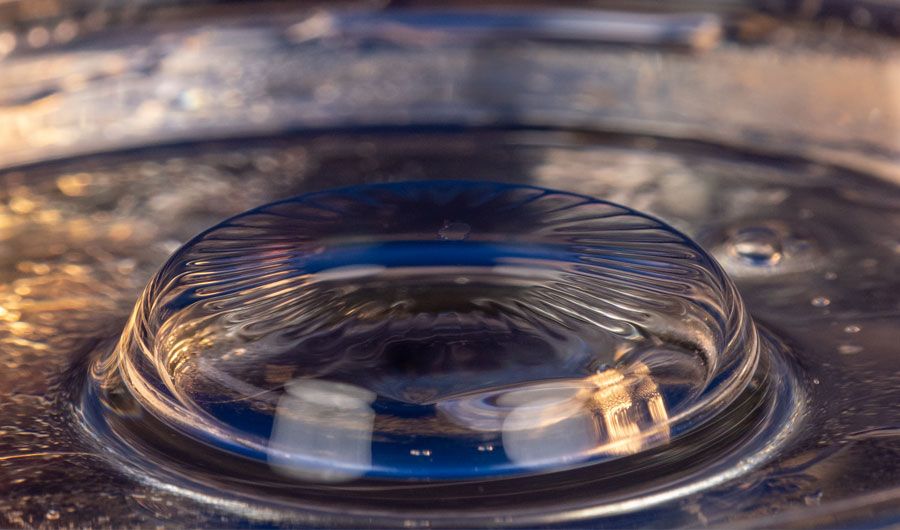(Inside Science) — What do a volcanologist, a pulmonologist, and a glassmaker have in common? They all worry about bubbles. The physics of how bubbles form, behave and pop is crucial to understanding natural phenomena as well as many industrial processes. According to a new study appearing in the journal Science, scientists have been getting that physics wrong for at least a couple of decades.
The new findings suggest that instead of being driven by gravity, the collapse of bubbles that form on the surface of thick liquids is driven by surface tension, in a complex, unintuitive way. And to find the truth, all the researchers had to do was turn their experiment upside down.
The physics of a bubble depends on how thick — viscous — its fluid is. If a bubble floating on the surface of water is poked and popped, surface tension makes the bubble retract quickly and violently, vanishing in about a millisecond. But in a very viscous liquid, a surface bubble may take up to one full second to collapse. This gives researchers extra time to observe a complex interplay between forces that is perfect for studying the fundamental physics at work in bubble collapse.









Comments are closed.